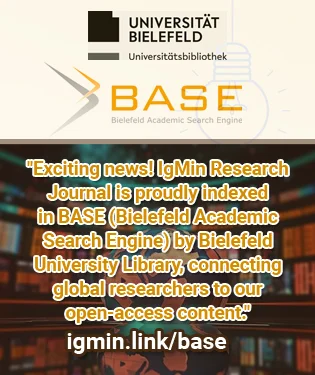Open Access Policy refers to a set of principles and guidelines aimed at providing unrestricted access to scholarly research and literature. It promotes the free availability and unrestricted use of research outputs, enabling researchers, students, and the general public to access, read, download, and distribute scholarly articles without financial or legal barriers. In this response, I will provide you with an overview of the history and latest resolutions related to Open Access Policy.
について
Structural Engineering is a fundamental discipline within engineering that focuses on the design, analysis, and construction of structures that support or resist loads. It plays a crucial role in ensuring the safety and stability of buildings, bridges, towers, and other infrastructures. By applying principles of physics, mathematics, and material science, structural engineers develop innovative solutions to withstand natural forces such as gravity, wind, and seismic activity, thereby contributing significantly to the built environment.
Advancements in Structural Engineering are pivotal in addressing modern challenges like sustainability, resilience, and the efficient use of resources. Current research areas include seismic design, structural health monitoring, the use of composite and smart materials, and the integration of computational modeling techniques. As the field evolves, it continues to embrace new technologies and interdisciplinary approaches to create structures that are not only safe and durable but also environmentally friendly and economically feasible.
編集者
Engineering Group (4)
Open Access Policy refers to a set of principles and guidelines aimed at providing unrestricted access to scholarly research and literature. It promotes the free availability and unrestricted use of research outputs, enabling researchers, students, and the general public to access, read, download, and distribute scholarly articles without financial or legal barriers. In this response, I will provide you with an overview of the history and latest resolutions related to Open Access Policy.
Open Access Policy refers to a set of principles and guidelines aimed at providing unrestricted access to scholarly research and literature. It promotes the free availability and unrestricted use of research outputs, enabling researchers, students, and the general public to access, read, download, and distribute scholarly articles without financial or legal barriers. In this response, I will provide you with an overview of the history and latest resolutions related to Open Access Policy.
Open Access Policy refers to a set of principles and guidelines aimed at providing unrestricted access to scholarly research and literature. It promotes the free availability and unrestricted use of research outputs, enabling researchers, students, and the general public to access, read, download, and distribute scholarly articles without financial or legal barriers. In this response, I will provide you with an overview of the history and latest resolutions related to Open Access Policy.

Why publish with us?
Global Visibility – Indexed in major databases
Fast Peer Review – Decision within 14–21 days
Open Access – Maximize readership and citation
Multidisciplinary Scope – Biology, Medicine and Engineering
Editorial Board Excellence – Global experts involved
University Library Indexing – Via OCLC
Permanent Archiving – CrossRef DOI
APC – Affordable APCs with discounts
Citation – High Citation Potential
現在トレンドになっている記事はどれですか?
研究論文
- Prevalence of Diabetic Retinopathy among Self-reported Newly Diagnosed Diabetics
- Challenge and Readiness to Implemented Geothermal Energy in Indonesia
- Ammonia: A Trend of Dry Deposition in Vietnam
- Use of Augmented Reality as a Radiation-free Alternative in Pain Management Spinal Surgeries
- The Examination of Game Skills of Children Aged 5-6 Years Participating in Movement Education
- Zinc Supplementation in Anorexic Children with Vomiting Syndrome: Evaluation from a Randomized Controlled Trial in Vietnam
Advertisement





























